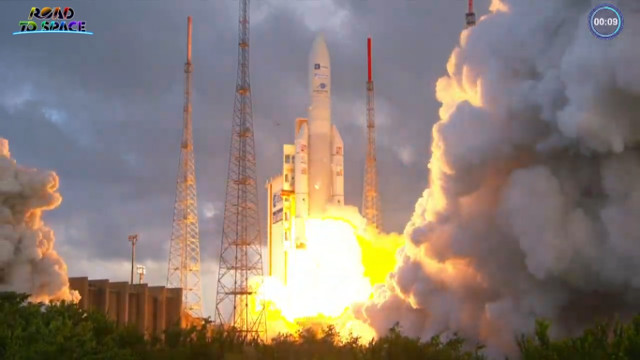
A success for the inaugural launch of the European Vega-C rocket
A little while ago, the new European Vega-C rocket, the evolution of the Vega rocket that was in service for almost exactly 10 years, blasted off from the European launch base in French Guayana. After about 85 minutes, various satellites started being put into orbit including LARES-2 for the Italian Space Agency and some nanosatellites.
The main payload for the first flight of the Vega-C carrier rocket, referred to as VV21, is the LARES-2 (Laser Relativity Satellite 2) satellite of ASI (Italian Space Agency). It’s an improved successor to the LARES satellite launched on February 13, 2012, during the original Vega rocket’s qualification flight. The aim remains to test some aspects of the theory of relativity.
The secondary payload consists of CubeSat-class nanosatellites, which are now very common and consequently normal cargoes for a launch vehicle like Vega-C. These are the Italian AstroBio CubeSat and Greencube, the Slovenian Trisat-R, and the French MTCube-2 and Celesta.





